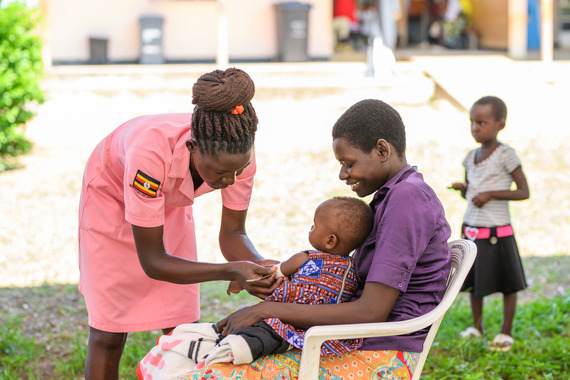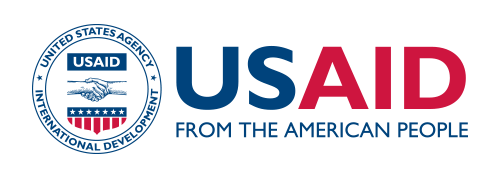 Photo Credit: Naziru Muzungu/Malaika Media for JSI Childhood malnutrition is at alarmingly high levels worldwide, with over 45 million children experiencing wasting in 2021. Food insecurity and poor access to nutritious foods are a casualty of the numerous challenges that the world has faced in the past few years, including the COVID-19 pandemic, the War in Ukraine, and increasing effects of climate change on the food landscape. Wasting is the deadliest form of malnutrition.
During the 2021 Nutrition for Growth Summit, USAID made a commitment to strengthen our approaches to the prevention and management of wasting, particularly in non-emergency contexts. Our newly published position paper on childhood wasting summarizes USAID's approach to wasting programming and highlights areas for greater investment, including strengthening wasting prevention through the health system.
Prevention of wasting through the health system and the food system is at the forefront of reducing the causes of malnutrition and its impact on child health. That's why USAID is committed to supporting women, children, and families with improved access to healthy diets and critical, life-saving health and nutrition services. | 







No comments:
Post a Comment